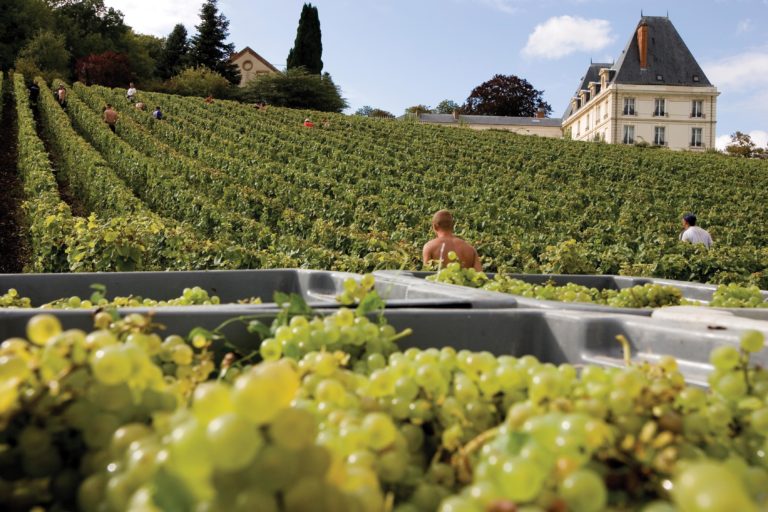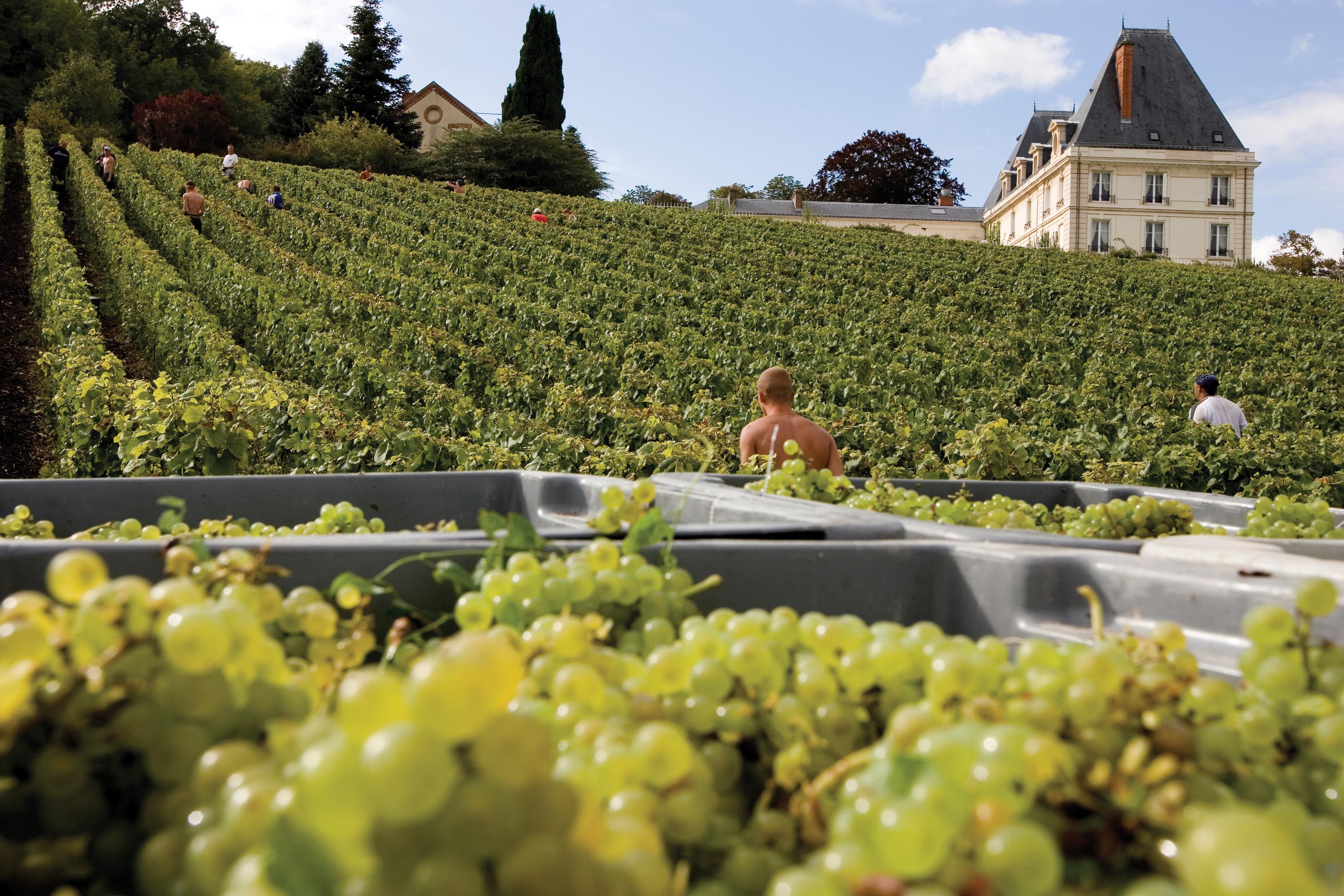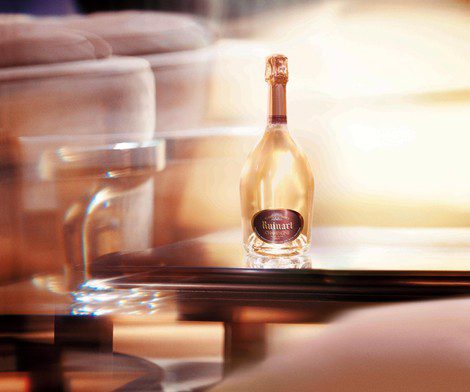GOURMET
IT HAS TO BE CHAMPAGNE!

WORDS: PHOTOGRAPHY
Champagne has been commercially made for close to 300 years with the first Champagne House founded in 1729. Champagne is a region south east of Paris which gives the name to the sparkling wine Champagne.
No other region in the world can call their sparkling wine Champagne and in 1941 a committee was created to ensure that the quality control, production, distribution and promotion of Champagne was safe guarded for the future. The CIVC (Comite Interprofessionel Du Vin De Champagne) is now managed by the government to permanently ensure the safeguard of Champagne. The Champagne region consists of 35,000 hectares, of which approximately 31,000 are under vine, so you can understand why this decision was made.
The three permitted grape varieties grown in Champagne to make this sparkling wine are Pinot Noir, Meunier and Chardonnay. Two of these varieties are red grapes however when you gently press the grapes the first run juice is always clear, hence the clarity of Champagne.
The climate in Champagne varies greatly from that of Australia, with an average 90 days of fine weather a year. The bitterly cold winters and often wet and cool conditions throughout the other seasons can make it difficult for the vines and grapes to reach their potential. As the average temperature during growing season is a low 18 degrees, there is
always the expectation of a very fresh wines with a high level of acidity. The real hero though, that gives the grapes their special definition, is the lime rich chalky soils. As a result, the grapes from this region have an unmistakeable attractiveness and character.
Those who live within the Champagne region live and breathe Champagne and when it is grape harvest time the region comes alive. Shanties pop up on street corners providing a home for the gypsies and other pickers during this time.
Champagne became known as a synonym for luxury and celebration, originally through the product placement and countless partnerships by leading Champagne House, Moet & Chandon. As a result all of Champagne benefitted. These days Champagne has become
more global, available and affordable, which gives everyone the opportunity to share in this alluring nectar.
Champagne is more than an aperitif or drink of celebration; it is perfect for breakfast, relaxing by the pool, intimate moments and a match with so many styles of food. Too many people leave Champagne for that special celebration, instead of making an occasion from a Champagne moment. Everything is better with Champagne!
Taste is personal and therefore you owe it to yourself to try Champagne from many of the amazing Houses. I suggest starting with one of the many famous Champagne Houses, and then make your way through the offerings until you find houses and styles that resonate with you and your palate. Start with the NV (non-vintage) release as this is known as the ‘house style’ of the Champagne producer. The NV is a blend of grapes from numerous years and each release remains amazingly true to the house style, despite the impact of varying seasonal characters in the grapes.
On this occasion I suggest trying one of the Champagnes from the house of Ruinart which is the oldest Champagne House situated in Reims, the largest city in the Champagne region. This house focuses on Chardonnay as the hero in their wines. Their Champagnes are always bright, delicate and fresh with a tantalising finish that keeps you wanting more. Start with the elegant ‘R’ de Ruinart NV which is a blend of Pinot Noir 50%, Chardonnay 40% and Meunier 10%. Then move on to the Blanc de Blancs NV, which is made from 100% Chardonnay. The Blanc de Blancs NV carries a higher price point but gee it’s worth the investment. Ruinart is brought into Australia by Moet-Hennessy and it can be found in independent fine wine stores.
Salute!











